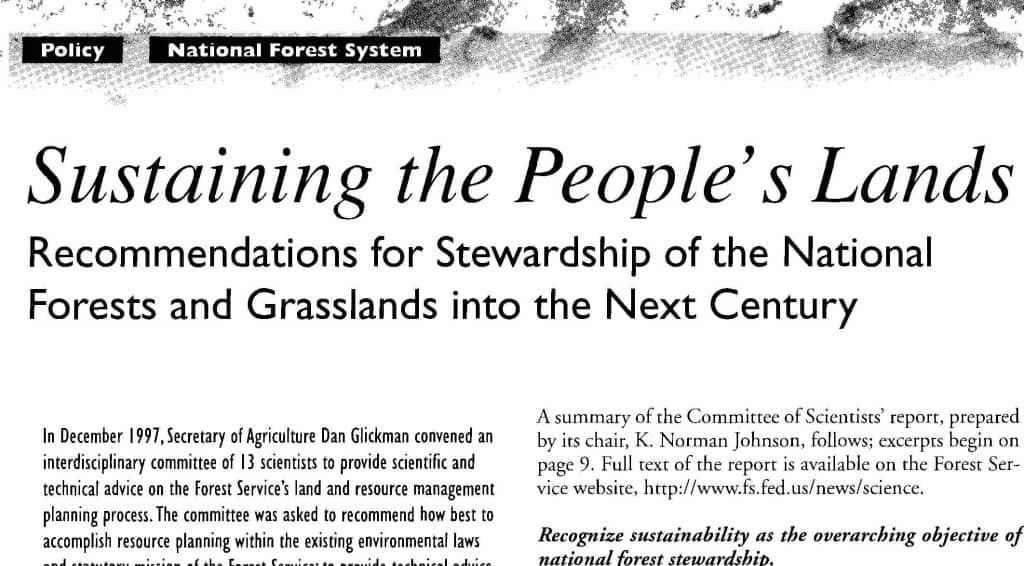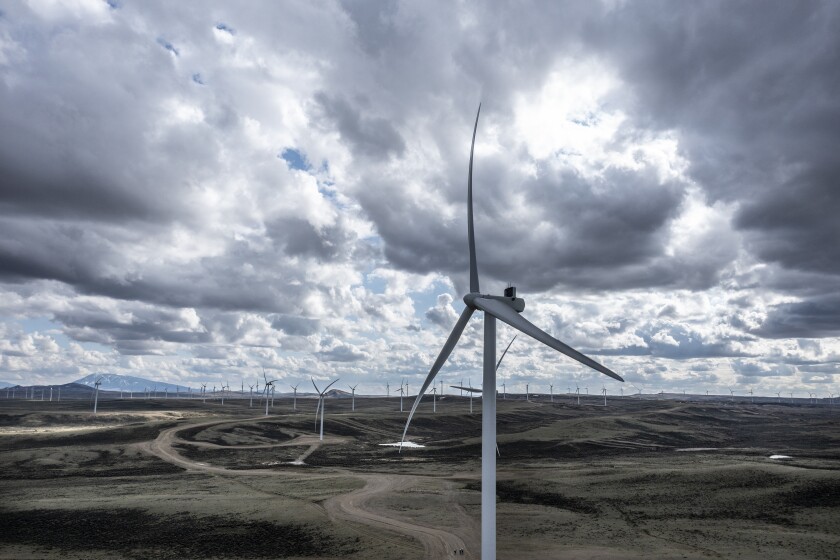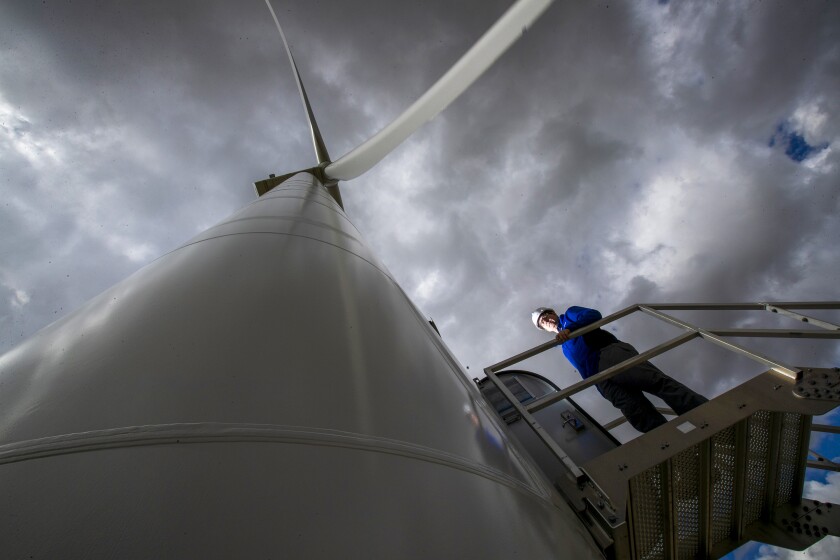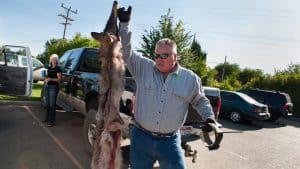We didn’t get much discussion going on the last of Al Sample’s 193 Million Acres posts.
So I’ll set out what I think might be the most controversial part..
Ecoregional planning was defined by immense landscapes, entire mountain ranges, the great river systems, the habitat requirements of wide-ranging vertebrate species—and by the federal courts’ tightly-articulated interpretation of what was required of federal agencies to comply with the Endangered Species Act. Adaptive management demanded near-continuous experimentation, monitoring, evaluation, adjustment, and more experimentation. This resulted in equally continuous plan revisions and adjustments, rather than a wholesale reconsideration of a national forest plan every 10-15 years as originally envisioned in NFMA.
Because these large landscapes invariably encompassed a mosaic of federal, state, tribal, and private lands and an enormous diversity of stakeholders, new collaborative planning models gradually emerged (Cortner et al. 1998, Cortner and Moote 1999), built upon a foundation of shared values, common goals, mutual respect—and a commitment to keep moving forward in order to address the ever-increasing array of conservation challenges on these landscapes. Large landscape conservation and ecoregional planning, by their sheer scale and complexity, do not lend themselves to central planning or micromanagement. They tend to steadily push decision making toward the local level (Kennedy and Quigley 1998). Even within the strictures of the reform statutes of the 1970s and subsequent case law, agency decision makers now have broader de facto administrative discretion in federal land management than at any time in the past half-century.
What was your experience of “ecoregional planning”? I thought maybe it was the Northwest Forest Plan and the Interior Columbia Basin Ecosystem Management Project, but are there others across the country? Are they plans outside of NFMA planning that amend plans? I don’t think the NWFP passed decision making to the local level (but I haven’t read the Kennedy and Quigley paper) nor did it allow for much adaptive management (according to my sources).
So what was “ecoregional planning” supposed to do in your view? Where was it tried? Where did it work? Is anyone doing it now? And how did it/does it relate to NFMA planning?
****************************
Here’s Al’s post.
Ecosystem management and the return of administrative discretion
Against all odds, the US Forest Service has managed to navigate more than four decades of controversy and existential challenges. Since the 1960s crisis over clearcutting on the Bitterroot, Monongahela, and other national forests, various political forces on the left and the right have called for the abolishment of the agency, the national forests, or both. Chastened by prescriptive reform legislation in the 1970s, and wrestled to a virtual standstill by litigation in the 1980s, the agency has endured external strife and internal strains that would have broken most organizations.
Yet the US Forest Service has gradually found new footing, and today exercises greater professional discretion in forest management decision making than at any time in the past half-century. The Forest Service has helped pioneer the ecological science as well as the social processes that are central to modern adaptive management of forest ecosystems. But the pace of environmental, economic, and social changes affecting forests is accelerating. The future of the Forest Service, and its ability to continue its evolving mission to promote the conservation and sustainable management of the nation’s forests, may depend on its ability to demonstrate to policymakers and an urbanized public the net values derived from the nation’s relatively modest—but critically important—investments in forest sustainability and resilience.
Striving to meet public (and Congressional) expectations, the US Forest Service and the national forests almost single-handedly supplied the raw materials for the post-war housing boom, mostly from old-growth forests in the West, as private forests recovered from harvesting in support of the war effort (Hirt 1996, Culhane 2013). At the same time, the national forests hosted a steadily increasing number of outdoor recreationists, with more than twice the number of visitors to the national parks (Steen 1977). Having arguably invented the concept of multiple-use sustained-yield forest management (Steen 1991), the agency was stunned by its public characterization as disregarding environmental values in its quest for ever-higher timber harvests. The eventual compromise on the National Forest Management Act, in combination with other environmental reform legislation of the period—the National Environmental Policy Act, Clean Water Act, Clean Water Act, Wilderness Act, and Endangered Species Act—brought much greater public participation and oversight in the agency’s land management decision making, and new limits on its professional discretion (Ackerman 1990). The breakdown of this compromise in the 1980s ushered in a difficult decade of repeated litigation, with the agency’s management discretion even more sharply limited by new statutory interpretations in case law.
Ironically, the ecosystem management policy that emerged from this struggle started a process whereby the agency’s field managers began to regain a measure of their former management discretion, but in a different form. Ecoregional planning was defined by immense landscapes, entire mountain ranges, the great river systems, the habitat requirements of wide-ranging vertebrate species—and by the federal courts’ tightly-articulated interpretation of what was required of federal agencies to comply with the Endangered Species Act. Adaptive management demanded near-continuous experimentation, monitoring, evaluation, adjustment, and more experimentation. This resulted in equally continuous plan revisions and adjustments, rather than a wholesale reconsideration of a national forest plan every 10-15 years as originally envisioned in NFMA.
Because these large landscapes invariably encompassed a mosaic of federal, state, tribal, and private lands and an enormous diversity of stakeholders, new collaborative planning models gradually emerged (Cortner et al. 1998, Cortner and Moote 1999), built upon a foundation of shared values, common goals, mutual respect—and a commitment to keep moving forward in order to address the ever-increasing array of conservation challenges on these landscapes. Large landscape conservation and ecoregional planning, by their sheer scale and complexity, do not lend themselves to central planning or micromanagement. They tend to steadily push decision making toward the local level (Kennedy and Quigley 1998). Even within the strictures of the reform statutes of the 1970s and subsequent case law, agency decision makers now have broader de facto administrative discretion in federal land management than at any time in the past half-century.
References
Ackerman, S., 1990. Observations on the transformation of the Forest Service: The effects of the National Environmental Policy Act on US Forest Service decision making. Envtl. L., 20, p.703.
Cortner, H. and Moote, M.A., 1999. The politics of ecosystem management. Island Press.
Cortner, H.J., Wallace, M.G., Burke, S. and Moote, M.A., 1998. Institutions matter: the need to address the institutional challenges of ecosystem management. Landscape and urban planning, 40(1), pp.159-166.
Culhane, P.J., 2013. Public lands politics: Interest group influence on the Forest Service and the Bureau of Land Management. Routledge.
Hirt, P.W., 1996. A conspiracy of optimism: Management of the national forests since World War Two. U of Nebraska Press.
Kennedy, J.J. and Quigley, T.M., 1998. Evolution of USDA Forest Service organizational culture and adaptation issues in embracing an ecosystem management paradigm. Landscape and Urban Planning, 40(1), pp.113-122.
Steen, H.K., 1977. The US Forest Service: A History. Durham, NC: Forest History Society.
Steen, H.K., 1991. The beginning of the National Forest System. US Department of Agriculture, Forest Service.









